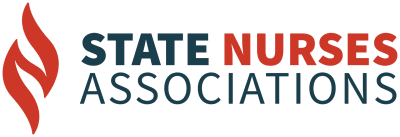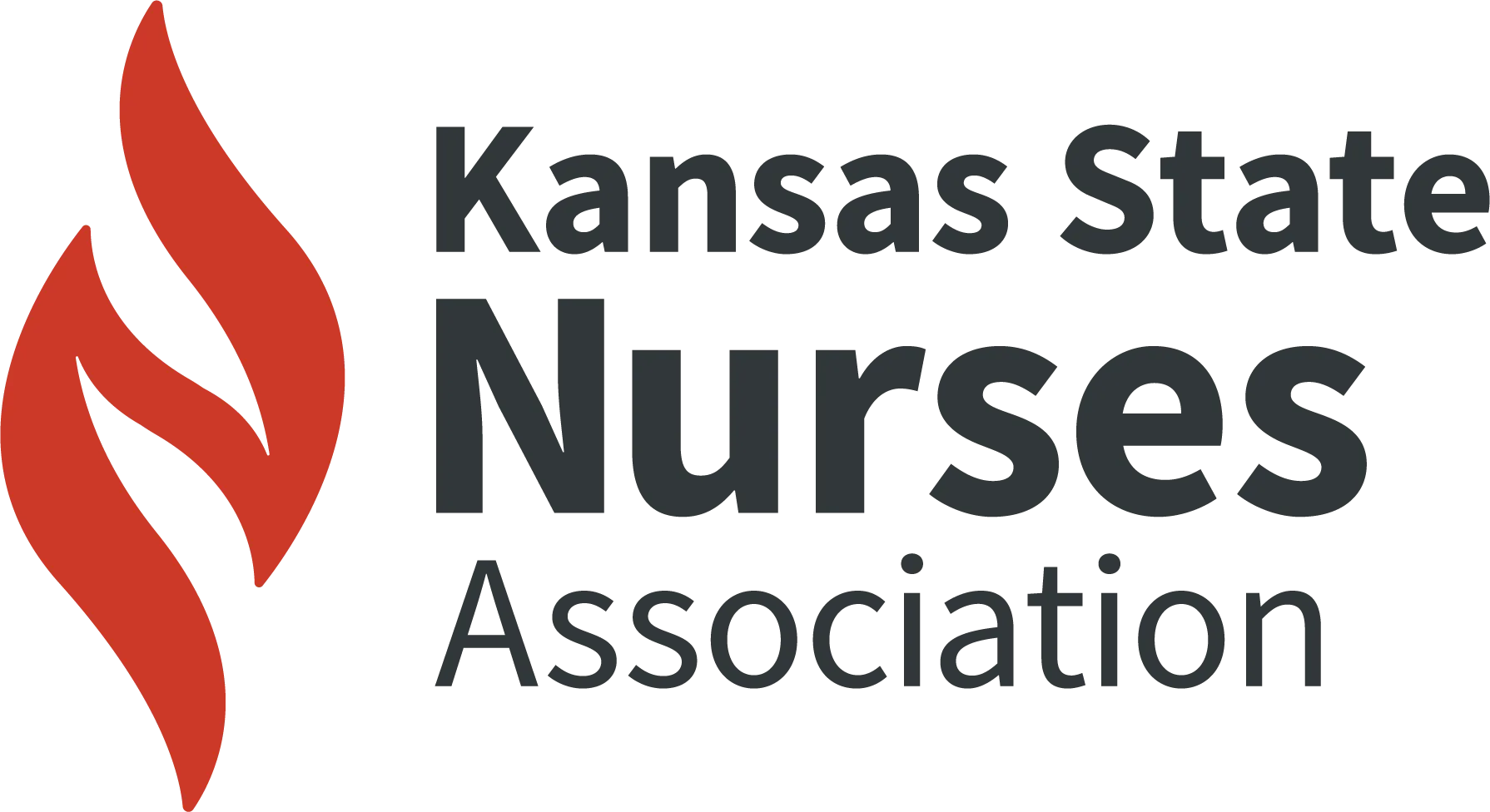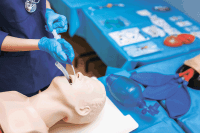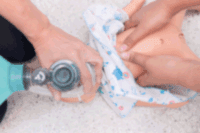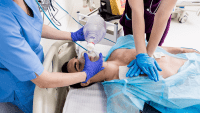Background
EVIDENCE COLLECTED DURING the pandemic suggests the newest generation of nurses are experiencing increasing mental health issues as well as a lack of resiliency compared to previous generations (Sherman, 2021). Due to a lack of mental toughness in novice nursing professionals, the risk for burnout and turnover is high. The ending impact on healthcare organizations and the patients they serve is devastating. The World Health Organization (2019) has classified burnout as an “occupational phenomenon” that must be addressed to maintain mental well-being in the workplace. Melnyk and colleagues (2021) recently conducted a national study that analyzed mental health, physical health, and depression in nurses across the nation. The study analysis determined worsening nurse population health outcomes equating to a mental health crisis that is actively contributing to costly job turnover rates and increased risks to patient care and safety. In addition to a beginning nurse’s mental health, the current healthcare atmosphere is saturated with disengaged staff due to limited resources, compassion fatigue, unsafe staffing, and burnout.
To combat the mental health decline in the working nurse population, organizations as well as academia must support and teach self-care through evidence-based interventions such as encouraging mindfulness, enhancing resiliency, and emotional intelligence through cognitive-behavioral skills. Waddoups (2022) outlines five strategies central to developing the skills for active nursing professional engagement leading to a hardy nurse. These approaches focus on recognizing fear, learning to trust yourself, mentorship, communication, and listening to understand, all of which result in professional growth. The American Association of Critical-Care Nurses (AACN) has identified six essential standards that provide evidence-based guidelines for success in the workplace. The six standards are similar to Waddoups strategies and include skilled communication, true collaboration, effective decision making, appropriate staffing, meaningful recognition, and authentic leadership. The healthiest work environments integrate all six standards to help produce real and maintainable outcomes for both patients and nurses (AACN, 2022).
Methods
A rural midwestern, traditional undergraduate nursing school evaluated the mental hardiness of its senior nursing students utilizing Waddoups strategies, the ANA’s Healthy Nurse Healthy Nation (2022) model (engage, improve, create) and the AACN’s essential standards. Senior students were surveyed on the following criteria: theory and clinical experiences that have enhanced and prepared them for resiliency in the nursing profession, specific examples from Capstone internships or other clinical experiences that displayed a nurse or unit’s resiliency, and an example where they observed ineffective coping or an unhealthy work environment. A Likert-like scale was utilized to rate the student’s individual level of perceived preparedness in categories related to resiliency. Lastly, the survey inquired if the student had selected a place of employment and if so, based on what criteria, if any, of the AACN’s essential standards for a healthy workplace. The survey was completed by 19 students on a voluntary basis. The survey consisted of questions including demographic data, select all that apply questions, and slider scales.
Outcomes
Students reported simulation and practical experiences through Capstone internships contributed towards preparedness and confidence more than traditional lectures and classroom activities. The survey identified several themes as identified below.
- 83% of respondents experienced understaffing during their Capstone experience.
- 37% reported observing good teamwork among nursing staff.
- 26% of respondents stated nursing preceptors put the needs of their patients before their own.
- 32% of respondents reported a significant lack of communication between staff and management.
- 63% of the respondents were able to identify at least one AACN essential in their new place of employment after graduation.
- Likert scale showed an average of:
- 80% of students feel competent to begin their new career upon graduation.
- 75% of students feel confident in their skills.
- 88% of the students believe having a strong mentor is important.
- 97% feel that they have a direction or purpose upon graduation.
- 68% feel their mental health is adequately prepared for the workforce.
Implications
Post implementation of the survey, investigators found that additional research is needed regarding resiliency training in nursing curricula. Nurse resiliency is tied to greater confidence, job satisfaction, increased mental health, and overall hardiness. This experience could be gained through immersive simulation, debriefing, and training in nursing curricula. Investigators hope to evaluate students as they progress into the workforce at six months and one-year post graduation.
References
American Association of Critical-Care Nurses. (2022). Healthy work environments. https://www.aacn.org/nursing-excellence/healthy-work-environments
American Nurses Association. (n.d.) Health nurse, healthy nation. https://www.nursingworld.org/practice-policy/hnhn/
Sherman, R. O., & Cohn, T. M. (2022). When staff disengage. American Nurse Journal, 17(7), 20-23 https://www.myamericannurse.com/when-staff-disengage-increasing-engagement/
Waddoups, J. (2022). Active nursing professional engagement. American Nurse Journal 17(7), 44-47 https://www.myamericannurse.com/active-nursing-professional-engagement/
World Health Organization. (2019). Burn-out an “occupational phenomenon”: International classification of diseases. https://www.who.int/news/item/28-05-2019-burn-out-an-occupational-phenomenon-international-classification-of-diseases
